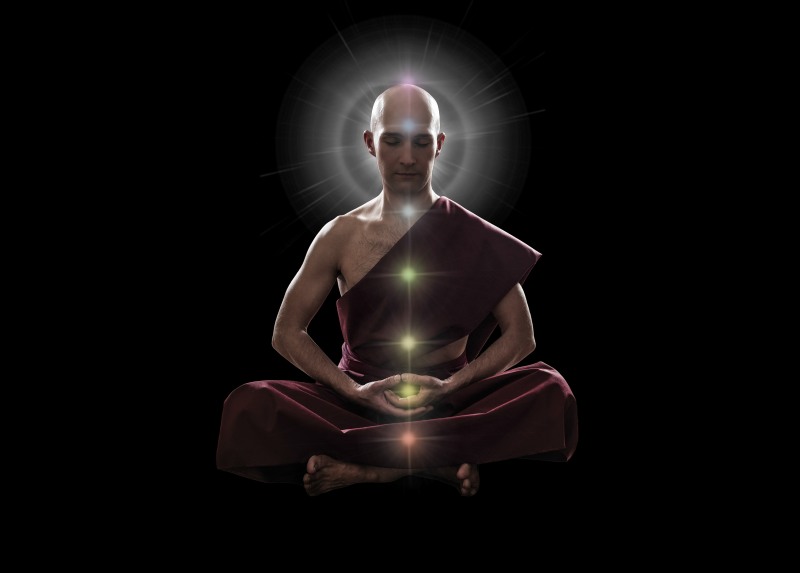What is Pranayama?
By Tristan Dorling
Q.
What does the word “pranayama” mean, and what do pranayama practices do?
A.
The word “prana” (prāṇa) is Sanskrit and means “air”, “breath” and “life force”. So the word itself demonstrates the subtle connection that exists between our breathing, and the life force in our body. It isn’t just that if we breathe we stay alive, the connection goes much deeper than that.

The word “ayama” (Āyāma) means to “extend” or “expand” and also to contract, or reduce. So pranayama (Prāṇāyāma) means to expand or extend the life force in the body, or to contract or reduce the life force.
By changing the way we breathe, we can actually alter the way that energy flows in our body, making us feel more alive and more energetic. We can also use this energy to transform our body at a subtle level, to open and activate the chakras (subtle energetic centres) and bring ourselves to a hightened and more purified state of living. The experience of this is as if every cell of the body is exploding with joy. We feel more alive, euphoric, expanded and free.
This process of transformation at the energetic level is called “kundalini”. Kundalini is a process of purification and of energetic expansion at the subtle level. What is primarily purified is a network of energy channels in the body called “nadis”. The word nadi is Sanskrit and literally means “river”. There are hundreds of these channels in the body and they carry the life force which animates us. By increasing the flow of energy through these channels using pranayama techniques, the channels themselves are cleaned, widened and illuminated.
The highest aspect of the process of kundalini, the “end game” so to speak, is one of dissolution into a condition of pure bliss consciousness (sat-chit-ananda) and of the direct experience of radiating love and compassion. This becomes the natural ongoing condition of our lives. There are many pranayama practices and each one has a particular function in the overall process of purification.
